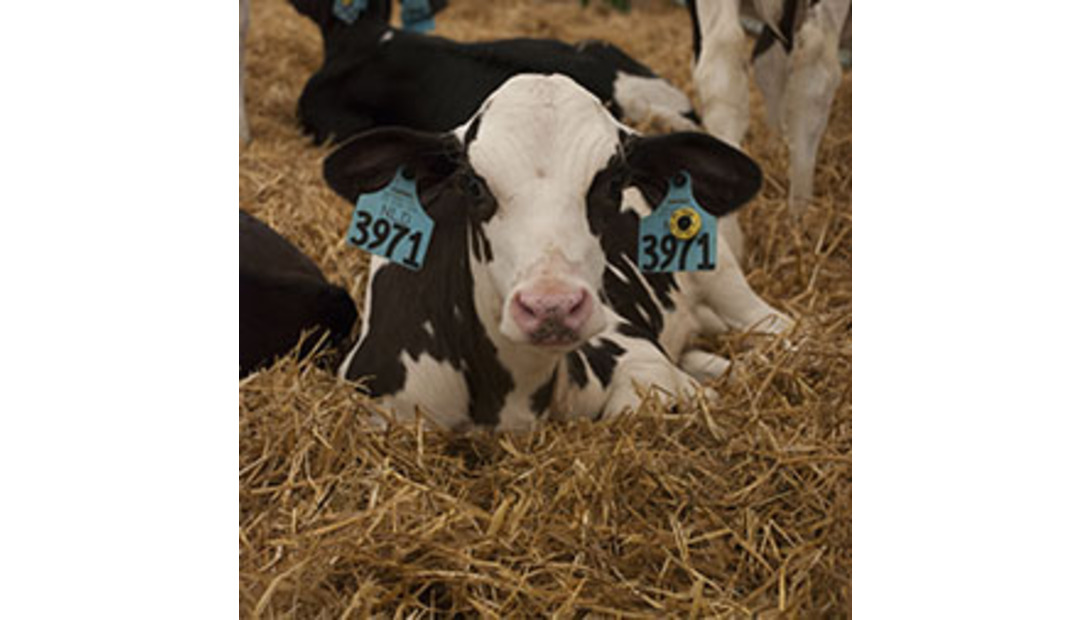
"The original purpose of the lactation curve, though, was to feed calves," says Trevor DeVries from the University of Guelph. DeVries discussed the need to apply concepts of natural behavior to modern calf rearing practices during his presentation at the Calf and Heifer Congress in Rochester, New York.
One way, according to DeVries, is to raise the amount of milk fed. Calves will drink high quantities of milk if allowed to. For example, in one study, calves on restricted intake drank 5 liters per day. Calves with ad libitum access, on the other hand, were consuming much more, up to 16 liters per day by 25 days of age.
A higher plane of nutrition has many benefits, DeVries pointed out, including enhanced immune function, better feed efficiency, younger age at first breeding and more milk as cows.
When calves consume a lot of milk, they invariably consume a lot less solid feed, DeVries said. Solid feed is important because it establishes fermentation in the rumen, which initiates the process of physical and metabolic rumen development.
Research has found solid feed intake to be delayed in calves fed more milk, but the impacts appear to be short term with no differences in starter consumption post weaning. As a result, the growth advantage from more milk is maintained.
The problem with low starter consumption rears its head at weaning. Abrupt weaning can result in a severe growth lag due to lack of nutrient intake if calves aren't consuming much starter.
Perhaps weaning could be less stressful if done more naturally, slowly over time… much like the tail end of a lactation curve. Sudden weaning initiates solid feed consumption only after weaning, while gradual weaning encourages an earlier increase in solid feed intake, DeVries said.
A little hay may also help calves transition, DeVries noted. Many people have long thought that hay displaces concentrate consumption, but some studies have actually seen improvements in starter intake when hay is fed, too. The problem arises if the hay is more palatable than the starter. If both feeds are of high quality, calves are actually smart enough to balance their intake, DeVries said.
A lot of what we do for calves can have long-lasting impacts, both physiological and behavioral, DeVries commented. The more we can mimic the lactation curve and nature's way of raising calves, the better our calves can be.

The author is an associate editor and covers animal health, dairy housing and equipment, and nutrient management. She grew up on a dairy farm near Plymouth, Wis., and previously served as a University of Wisconsin agricultural extension agent. She received a master's degree from North Carolina State University and a bachelor's from University of Wisconsin-Madison.









